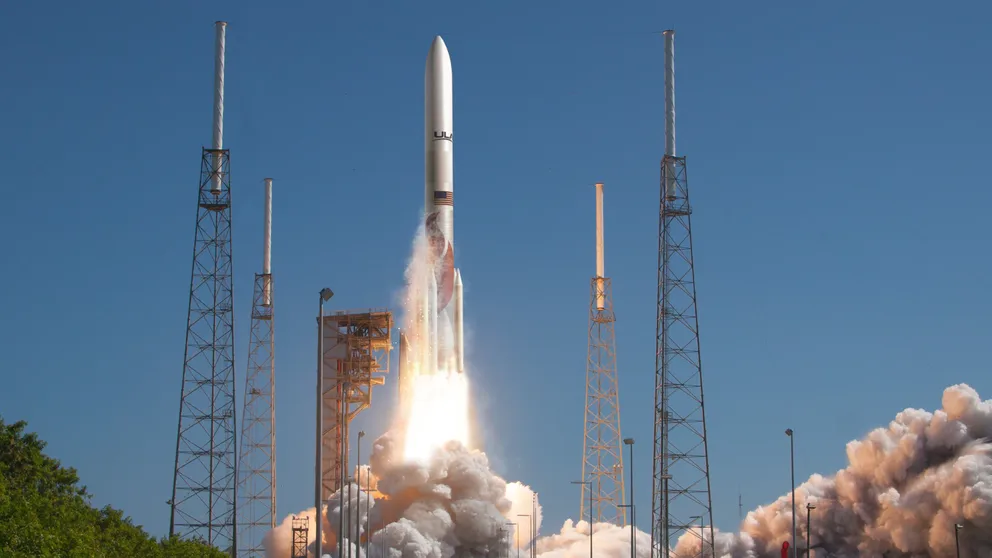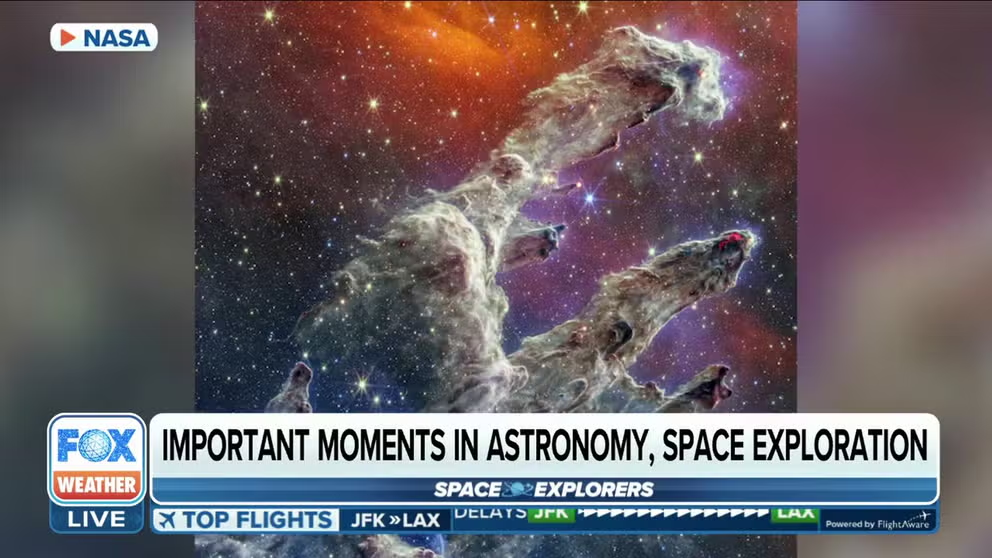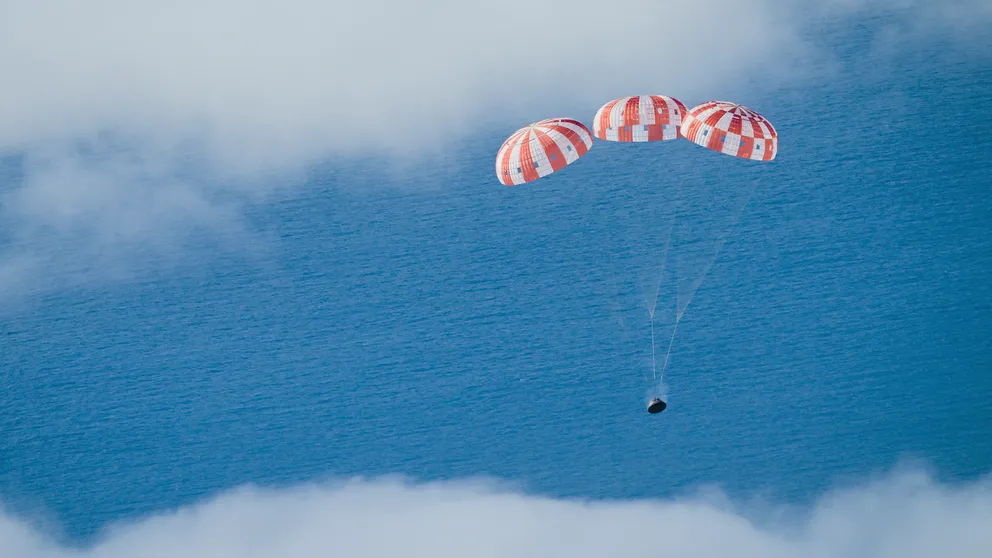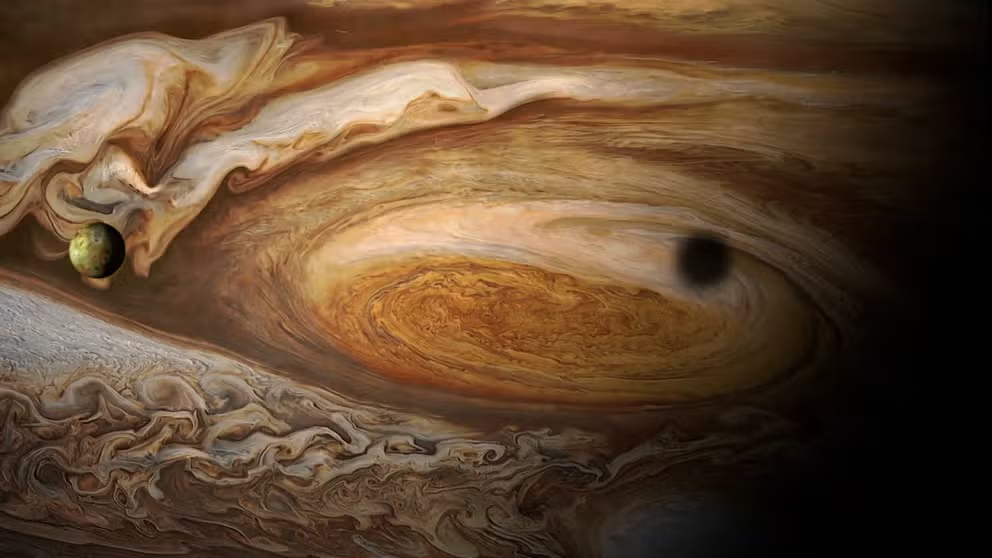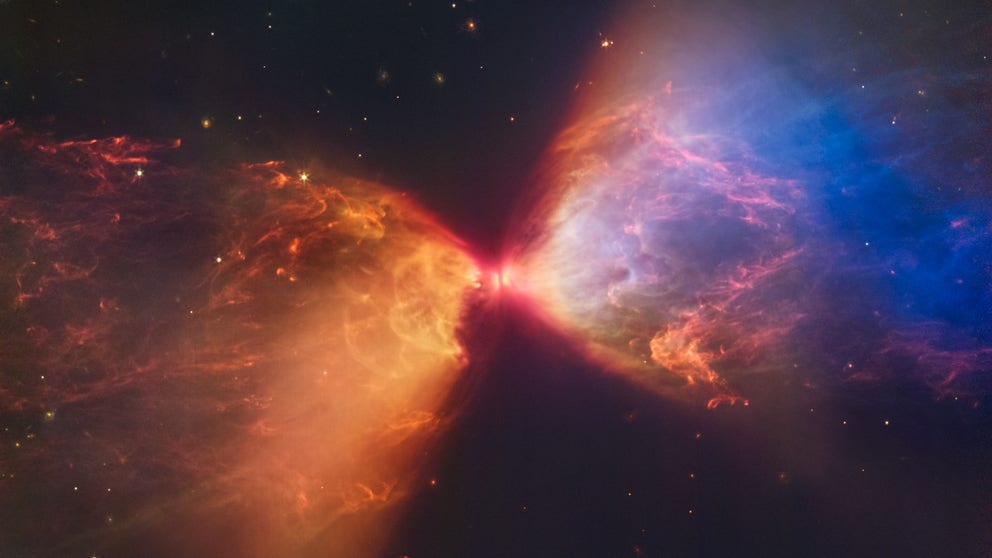A look ahead at 2023 space exploration milestones
In 2023, new rockets will launch, more robotic missions will go to the moon, NASA will bring home pieces of an asteroid and discoveries from the James Webb Space Telescope will continue to delight.
A preview of the best space exploration moments to watch for in 2023
Here are the top space exploration milestones you can look forward to in 2023, including new rockets, moon missions, astronaut launches and many more planetary and Earth science objectives.
If you think 2023's schedule of rocket launches, Earth science missions and space discoveries can't possibly be as jam-packed as 2022, think again.
The new year will bring new rockets, moon missions, astronaut launches and many more planetary and Earth science objectives.
Here's a look ahead at the space exploration planned for 2023.
Top space moments of 2022 and must-see events next year
From the Artemis 1 launch to NASA’s James Webb Space Telescope images, NASA Ambassador Tony Rice looks back on the best 2022 space milestones. Rice tells FOX Weather the Jupiter Icy Moons Explorer mission will aim to find life outside of Earth in 2023.
New rockets and more human spaceflight
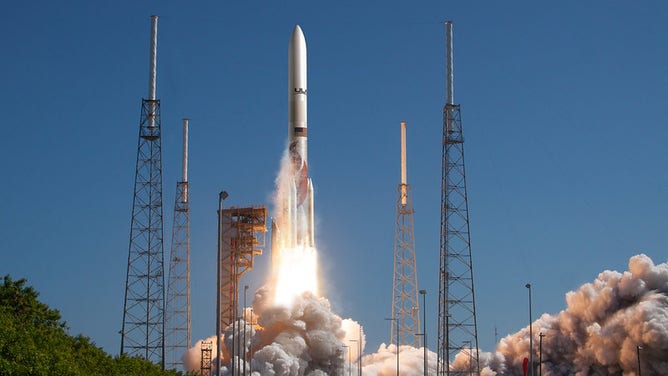
A rendering of the ULA Vulcan Centaur rocket launching from Cape Canaveral, Florida. (Image: United Launch Alliance)
Rocket launch activity in 2022 reached a new record cadence with a liftoff nearly every week of the year. Launch traffic in 2023 is expected to continue to increase, with more companies launching from Florida, Virginia, Alaska and California.
In early 2023, SpaceX will continue human launches as part of NASA's Commercial Crew Program (CCP). In early 2023, SpaceX will launch four astronauts on the Crew-6 mission to the ISS, marking the sixth operational flight of NASA's CCP.
Boeing is preparing for its first crewed launch of the Starliner spacecraft as part of NASA's CCP. The Crew Flight Test with NASA astronauts Barry "Butch" Wilmore and Suni Williams will complete the testing Boeing needs to finish before it can regularly launch NASA astronauts to the space station.
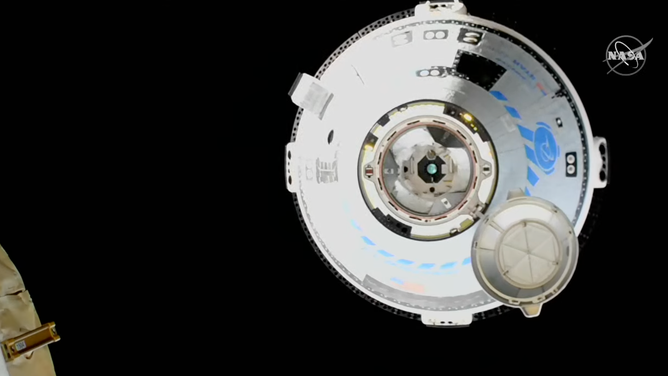
Boeing Starliner spacecraft at 10 meters away from the International Space Station during docking. (Image: NASA)
United Launch Alliance is planning the first launch of its Vulcan rocket from Florida, a replacement for the long-successful Atlas V rocket. Among the first missions for the Vulcan is Astrobotic's robotic moon lander Peregrine.
ULA TARGETS EARLY 2023 FOR FIRST VULCAN ROCKET LAUNCH FROM CAPE CANAVERAL WITH MOON LANDER
Relativity Space is inching closer to the first launch of its Terran 1 rocket from Cape Canaveral.
The 110-foot rocket is 95% 3D-printed and in the final testing phases before lifting off from Cape Canaveral Launch Complex 16 in 2023.
Rocket Lab will begin launching from Virginia in early 2023.

Rocket Lab teams work to prepare the Electron rocket to liftoff from Wallops, Virginia. (Image: Rocket Lab)
Rocket Lab has been launching from New Zealand's Mahia Peninsula since 2017. Electron, the name of the company's rocket, now has a second home at the Virginia Space’s Mid-Atlantic Regional Spaceport within NASA’s Wallops Flight Facility.
The company attempted its first Electron launch from NASA's Wallops Flight Facility in late 2022, but the weather was uncooperative. Rocket Lab is now looking toward the next launch window in January for the first launch from Virginia.
First private spacewalk
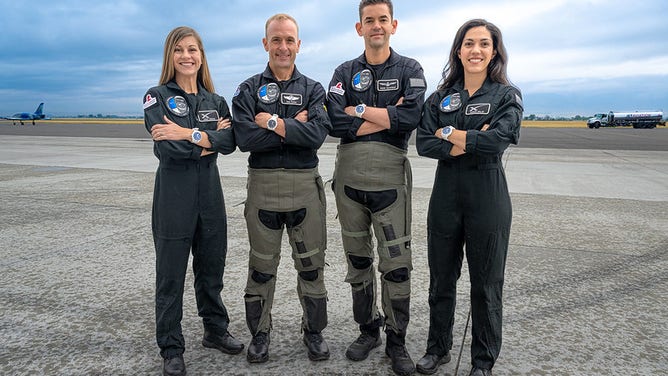
Polaris Dawn crew from left to right: Anna Menon, Scott Poteet, Jared Isaacman and Sarah Gillis. (Photo credit: John Kraus/Polaris Program)
Under the Polaris Program founded by businessman and private astronaut Jared Isaacman, SpaceX will launch four crew members on a private mission testing the boundaries of human spaceflight.
Isaacman will be joined by retired U.S. Air Force Lt. Col. Scott Poteet and two SpaceX employees, Sarah Gillis and Anna Menon.
The Polaris Dawn mission will include the first private spacewalk outside of SpaceX's Crew Dragon spacecraft and test medical science in space. During the five-day spaceflight, the Polaris Dawn crew will travel 870 miles above Earth, about four times higher than the International Space Station.
Polaris Dawn will launch no earlier than March 2023.
Isaacman and SpaceX have also proposed an additional purpose for the Polaris Program that would extend the lifespan of the Hubble Space Telescope, which has been in orbit since 1990.
NASA is still considering using Dragon to boost Hubble into a higher orbit. The space telescope will likely reenter Earth's atmosphere in the mid-2030s unless it is moved to a higher orbit.
SpaceX Starship orbital test flight

SpaceX's first orbital Starship SN20 is stacked atop its massive Super Heavy Booster 4 at the company's Starbase facility near Boca Chica Village in South Texas on February 10, 2022.
(Getty Images)
After NASA's successful test flight of the Orion spacecraft around the moon, the pressure is now on SpaceX to complete testing on its Starship spacecraft.
As part of the Artemis program, NASA selected Starship to carry astronauts down to the moon as soon as 2025. The current plan is that a crew will launch in Orion and dock at the lunar Gateway orbiting the moon before traveling down to the moon's surface in Starship.
DJ AND YOUTUBE HOST AMONG 8 CHOSEN BY BILLIONAIRE FOR SPACEX MOON TRIP
SpaceX has been developing and testing Starship in Texas, where the next major milestone is an orbital test flight. The goal of the test will be to launch Starship on the Super Heavy booster, orbit the Earth and splash down back on Earth.
Elon Musk's company has not set a date for Starship's first trip to orbit. During his last update, Musk said Starship would make it to orbit in 2022.
Robots to the moon
Artemis 1 mission: Relive Orion's historic journey to the moon and back to pave way for future astronaut missions
On December 11, the successful splashdown of the Orion spacecraft in the Pacific Ocean marked the end of the Artemis 1 mission.
If 2022 felt like the year of the moon with NASA's Artemis 1 test flight, 2023 will bring even more moon missions, including several robotic landings early in the year.
Ahead of the Artemis astronaut missions, NASA selected 15 private U.S. companies to carry necessary science instruments and cargo to the moon as part of the Commercial Lunar Payload Services program, known as CLPS.
The first of these robotic missions will launch in 2023 from Florida.
Astrobotic, Intuitive Machines, Masten Space – now part of Astrobotic – and Firefly have robotic moon missions in the works.
PITTSBURGH'S MOONSHOT MUSEUM OFFERS A WINDOW INTO SPACE EXPLORATION BY INVITING YOU TO BE PART OF IT
Commercial companies across the U.S. have nearly a dozen moon landers in production.
Asteroid sample coming in for a landing
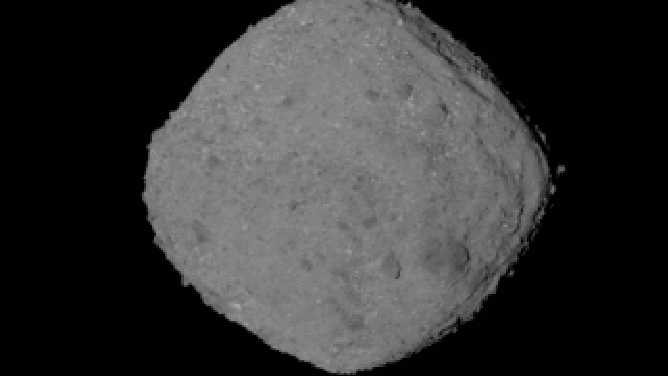
This set of images shows the asteroid Bennu rotating for one full revolution. Over a 4-hour and 11-minute period on Nov. 2, the PolyCam camera on NASA’s OSIRIS-REx spacecraft acquired a 2.5-millisecond image for every 10 degrees of the asteroid’s rotation. (Image: NASA/Goddard/University of Arizona)
(NASA/Goddard/University of Arizona)
In fall 2023, NASA's first spacecraft to collect a sample from another world will drop off its collection on Earth.
The OSIRIS-REx spacecraft successfully took a sample of dirt and rocks from the asteroid Bennu in 2020 and has been traveling back to Earth ever since.
EVERYTHING SCIENTISTS WOULD WANT TO KNOW IF AN ASTEROID WAS HEADING TOWARD EARTH
According to NASA, the spacecraft is on track to release the capsule with the sample allowing it to land by parachute in September at the Air Force's Utah Test and Training Range in the Great Salt Lake Desert.
Jupiter's icy moon explorer
Exploring Jupiter's Great Red Spot—the biggest storm in our solar system
Famous for its Great Red Spot, Jupiter is a gas giant with some of the most fascinating weather in the solar system.
NASA is providing science instruments for an exciting mission to Jupiter's moons.
The European Space Agency-led mission called JUICE will make 35 flybys of Jupiter's moons throughout its mission. The spacecraft's primary target is Ganymede, but it will also fly by moons Europa and Callisto.
"These three moons are thought to harbor hidden oceans beneath their surfaces, making them prime targets in our exploration of whether, how and where life could arise in different environments across the cosmos," according to ESA.
JUICE will launch in spring 2023 from Europe's Spaceport in French Guiana.
Just the beginning for James Webb Space Telescope
See the latest stunning images taken by the James Webb Space Telescope
The James Webb Space Telescope has released more mesmerizing images of the deepest corners of our universe.
After six months of scientific observations, the James Webb Space Telescope has already delivered promising images in incredible detail of the universe and worlds outside our own solar system.
The JWST mission is just starting, with at least two decades of science to come. The new year will bring more breathtaking images and information about our universe from Webb.
